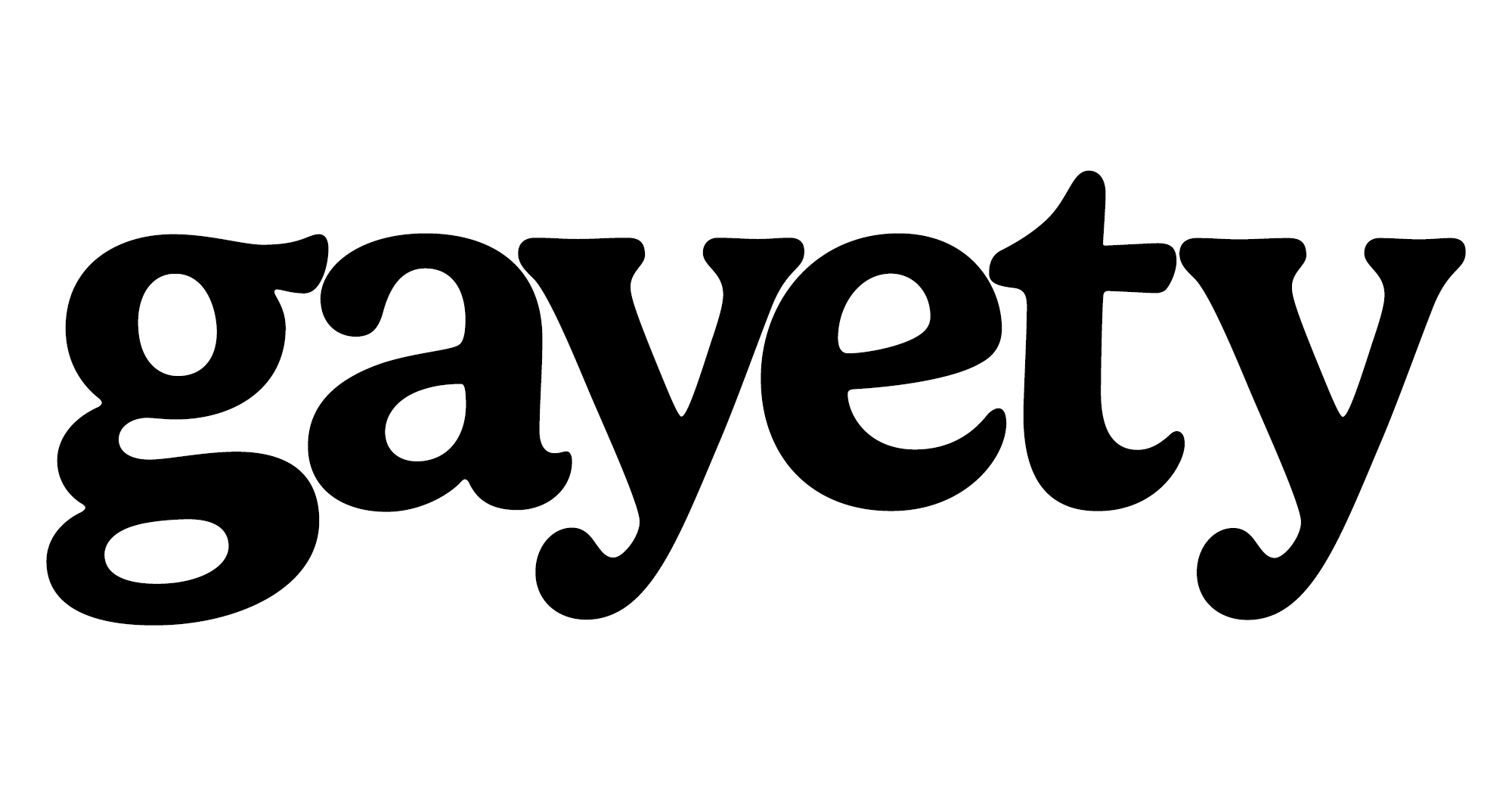The Trevor Project, the nation’s leading suicide prevention and crisis intervention organization for LGBTQ+ young people, has released alarming new findings that paint a stark picture of youth mental health in America.
The group’s first-ever longitudinal research effort, Project SPARK Interim Report, followed 1,689 LGBTQ+ participants between the ages of 13 and 24 from September 2023 through March 2025. The study tracked changes in mental health over time, collecting data every six months to identify patterns of risk and resilience.
An Escalating Mental Health Emergency
The results show a troubling rise in distress. Over one year, anxiety symptoms among participants jumped from 57% to 68%, while depression rose from 48% to 54%. Reports of suicidal thoughts increased from 41% to 47%.
Although suicide attempts decreased from 11% to 7%, that number still outpaces rates among heterosexual and cisgender youth. Transgender and non-binary respondents faced the highest risk, reporting anxiety and suicidal ideation nearly twice as often as cisgender peers.
“While many of the findings in this study are devastating, they are not surprising,” said Jaymes Black, CEO of The Trevor Project. “LGBTQ+ young people in this country continue to face elevated levels of stigma and political rhetoric, which take a serious toll on their mental health and well-being.”
The Human Toll of Discrimination
The study found widespread experiences of harassment and discrimination. About one-third of participants said they were physically threatened due to their sexual orientation, and roughly two-fifths of transgender and non-binary respondents faced physical harassment because of their gender identity.
More than half of LGBTQ+ youth surveyed experienced discrimination related to their identity, with those numbers remaining steady over time. Reports of exposure to conversion therapy also grew sharply, the percentage of youth threatened with it doubled from 11% to 22%, while those subjected to it increased from 9% to 15%.
What’s Working, and Why It Matters
Despite grim statistics, the report identifies areas of progress. Feelings of school support rose from 53% to 58% within a year. The number of participants who sought help from a mental health professional during a crisis doubled, and those who turned to friends for support jumped from 45% to 73%.
“This report provides one of the first, and only, national-scale portraits of LGBTQ+ youth mental health in the U.S. that follows the same young people over time,” said Dr. Ronita Nath, Vice President of Research at The Trevor Project. “By linking repeated measures of risk and protection to later anxiety, depression, and suicidal ideation, the study moves beyond prevalence to demonstrate which experiences precede changes in health.”
Next Steps for Change
The Trevor Project hopes policymakers, educators, and families will use these findings to inform how they support queer youth. The organization plans to continue collecting data for long-term insights into how discrimination, support systems, and identity affirmation shape well-being.
“The manner in which LGBTQ+ youth are treated in this country harms their health and risks their lives, and it is only getting worse,” Black added. “I hope that lawmakers, community leaders, and youth-serving professionals take stock of these research findings and join our efforts to support the health and safety of LGBTQ+ young people.”
For full study details, visit The Trevor Project’s Project SPARK report.



